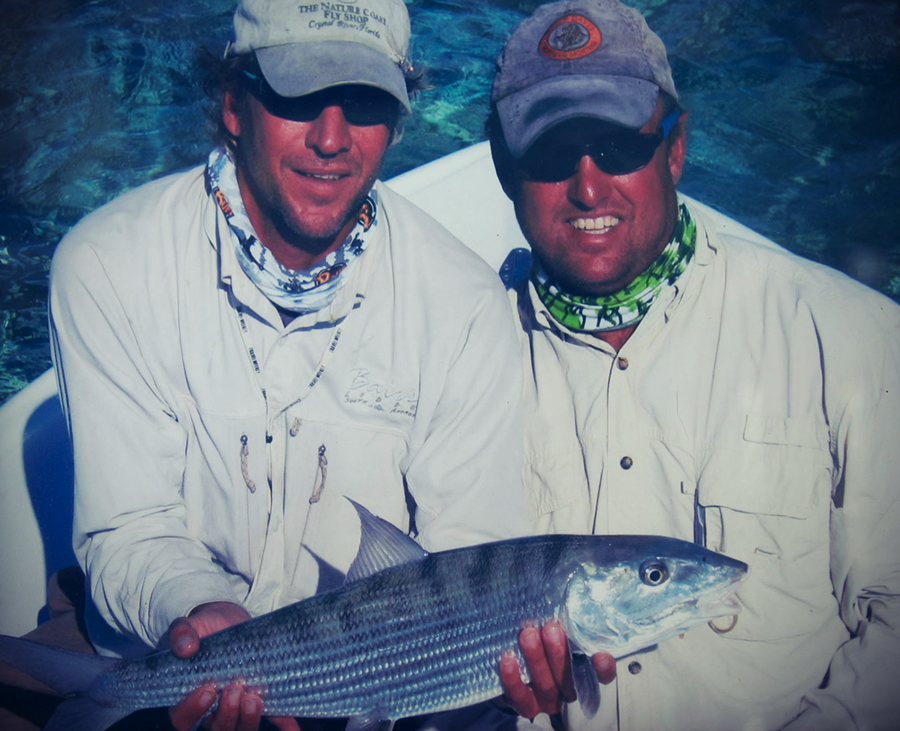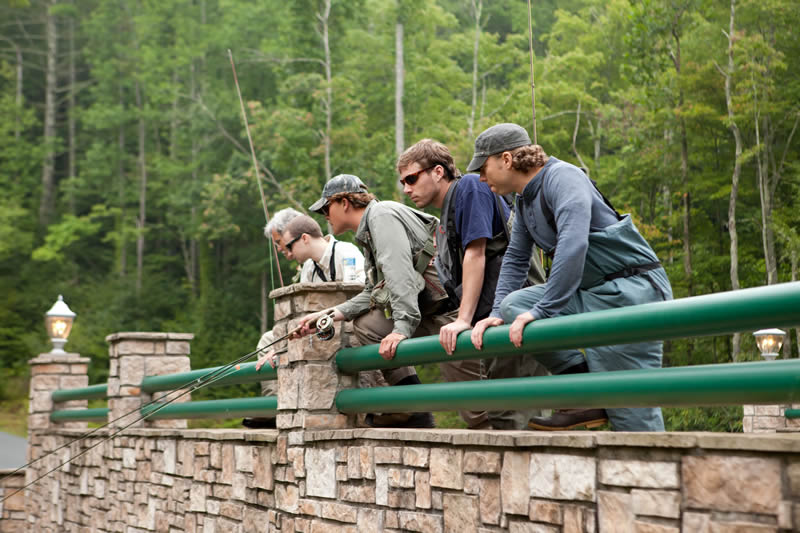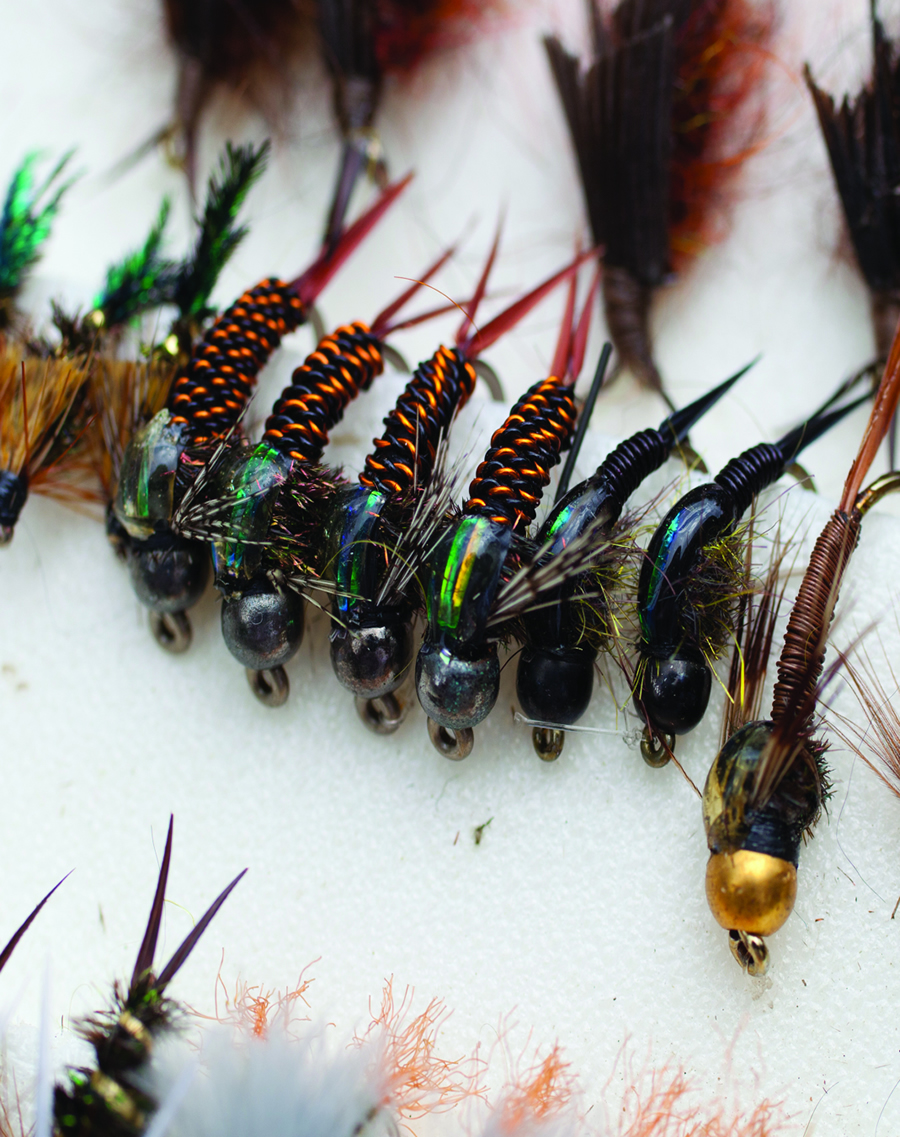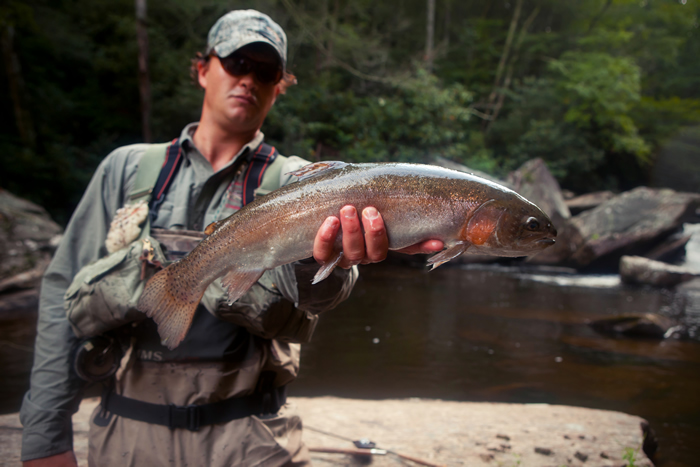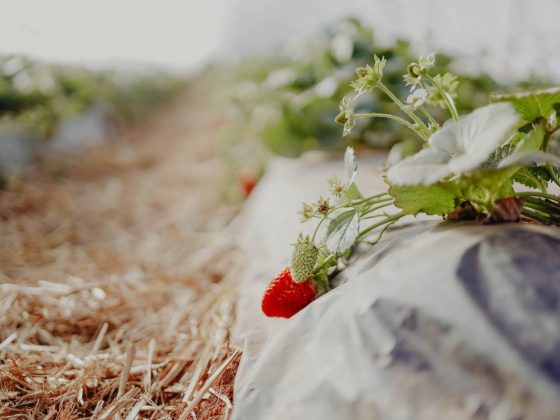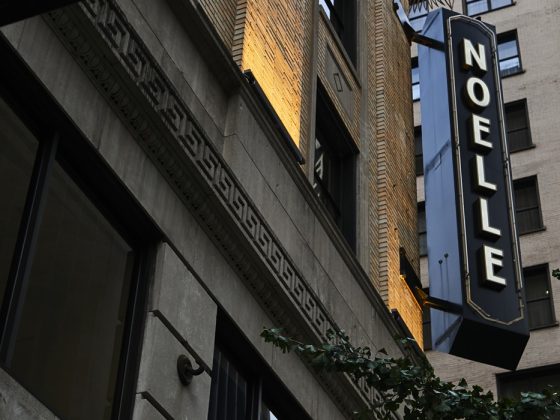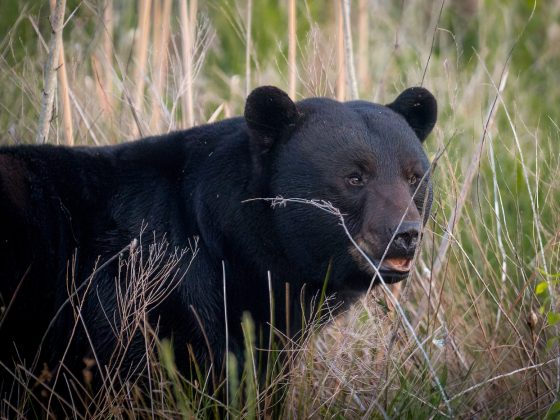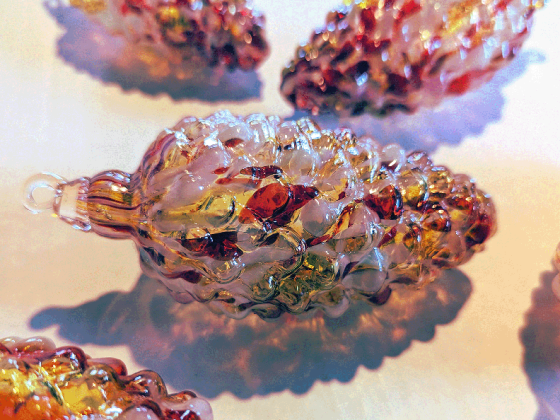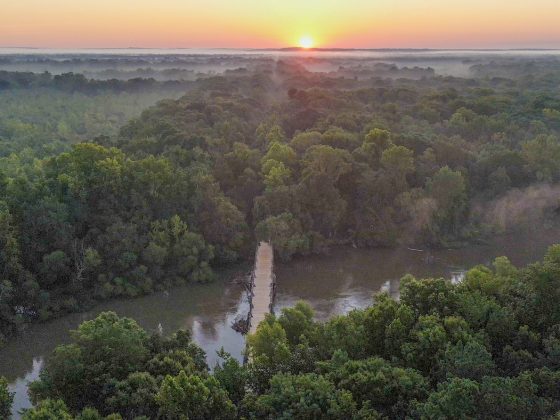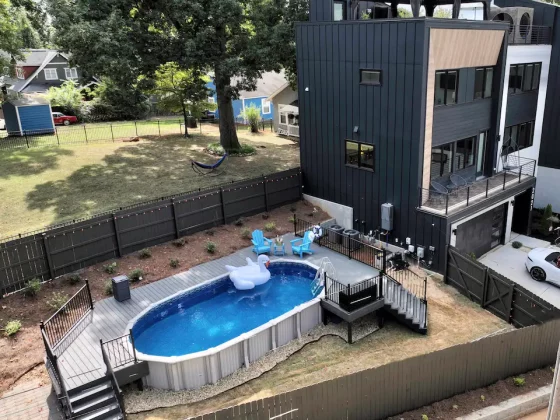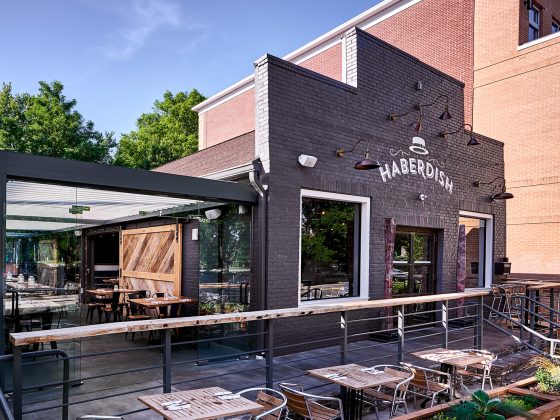Our first visit to Twin Rivers Boone NC started out just like this:
“Who am I speaking with?” I asked. “This is Haden Copeland,” the voice on the other end of the phone answered in a slow southern drawl. I had heard about this man and his twin brother Theo two weeks before from the guides who took myself and three others out on the river. We had seen pictures of them in random frames, from random years past, hanging in no particular order on the walls of their flyshop. All of the photos manifesting their true personalities; bearded mountain faces, rugged attire and demeanor, and huge smiles because of all the big fish. These big fish, ranging from huge brown trout to bonefish; and steelhead the size of baby whales, were more than just fins and gills. They were a viewfinder into these two mens’ lives, into their travels, into their experiences.
I was told they were hard to track down, always in an exotic destination, always on a river in the middle of the wilderness. Now, somehow, I had one of these elusive, mythical brothers on the phone. Maybe I lucked into this encounter, like so many of the fish I have caught over the few short years I have been in the sport. Needless to say, luck or not, I was happy he was back from his usual summer trip to Alaska and on the other end of the line with me. All summer, the brothers guide on the Kenektok, a scenic river that flows through the Togiak National Wildlife Refuge in Alaska. Its probably one of the top ten float fishing adventures in the world, but I still had to ask nervously and with a tone of jealousy, “How was Alaska, and why Alaska?”
“We started Alaska in 1989. Actually, I just called from a three sentence ad in a Fly Fisherman magazine that said ‘ALASKAN GUIDE WANTED’. There was a Florida phone number on it. Called the guy, got hired, and worked for him for four summers. Then a special use permit became available on the river we were floating on and Theo and I got involved with the Appalachian Angler,” Haden answered.
The two brothers take guests in a 1941 Drummond Goose airplane and perform a water landing on the Kenektok where they spend days floating down a 100 mile stretch of the pristine and fish-brimming river. But that is just their Summer trip. They spend their remaining time in the Spring and Fall guiding the rivers and small streams in the mountains of North Carolina, and their winters in the Bahamas catching Haden’s favorite fish, the Bonefish.
“Haden, how long have y’all been guiding?” I asked him, hoping for an answer dating back to the dawn of time, and he appeased. “Since the dinosaurs roamed the Earth,” Haden responded with a chuckle and continued quickly.
“The business got going good in 1987…we were in the white water business but when we figured out there was an opportunity to get out of the fast water with the paddles and into the slow water with the fly rods, and just go for it, we started a fishing business.”
Since 1987, the High Country of North Carolina, and the fly fishing industry have experienced major changes. Log cabins in the area have been overshadowed by huge bark-covered mountain estates, the quiet town of Boone is now bustling, and when you drive to Haden and Theo’s fly shop from Boone you pass three or four other guide services along the way. He grumbles about the way the sport has grown in the area. “We were the only game in town, now if you google fly fishing guides on the Watauga or the South Holston (Rivers), 25 or 30 guides pop up.” He pauses and then begins again, “…Nah, me and Theo, we’ve been here so long when I got a fax machine I thought it was a frickin computer. We were paying $50 in rent over down there by Misty…Mountain,” he said, recalling the first days.
“We were the only game in town, now if you google fly fishing guides on the Watauga or the South Holston (Rivers), 25 or 30 guides pop up.”
Those days are gone. At 50 his ego is deflated. He has seen over a dozen of his guides leave and have more successful careers than most in the industry. He has had two or three dozen guests over the years, pass away. “In the last five or six years, I get a call every Christmas or New Years from somebody’s wife telling us they ain’t coming with us this year because he ain’t with us any more,” Haden laments. He and his brother have just about as loyal of a following as you can get. Some of his guests have been coming back every season for 24 years. “We just had a guy call awhile ago that did the first trip, the very first trip with Theo.” The two have worked with one of the greatest fisherman alive, Bus Bergman, have guided some of the legends of the sport like Carl Richards and Lefty Kreh, and tied on flies and sighted fish for actors like Micheal Keaton.
With the respected list of people he has guided, and the locations he has guided them, I knew he had to have a couple good stories to share, so I asked him, “What’s the most memorable thing you’ve seen over the years?” The answer I got was unexpected and refreshing. Out of all the colorful years spent on the water his earnest response was, “The most memorable things that come to my mind, if you can put it all together in a handful, is guests catching their first trout, scoring their first fish, living in that moment.”
Taking in the depth of the previous answer, I moved on to my final question,“With Alaska and the Bahamas in the picture do you still love fishing in the High Country?” “Of course, man, it’s like the first time, every time,” he said.
That summed it up for me. I thanked him for the interview and praised his guides for putting us on some fish weeks before. Like a proud father, he responded “They’re good boys, they’re good at that.”
We had spent the night before like four excited children on Christmas Eve unable to sleep. We knew what the next day held in store for us, so we delayed the inevitable and sipped and told stories until the wee hours of the morning. Awakening on three hours of toss-and-turn sleep, we gathered our gear, hopped in the car and headed to Appalachian Angler. Our stomach’s still lined with whiskey, we pulled up to the fly shop at six in the morning.
Standing in front of the shop, were our two guides, Connor Honea and Dave Pressly. Both were young, probably in their mid-twenties to early thirties, both dressed in olive colored shirts and pants, sporting camouflage hats. Dave greeted us; his gigantic smile hiding behind a well-groomed beard, his accent a combination of California surfer and Carolina mountain man, and his disposition was one of enthusiasm. Connor loaded up the remainder of the gear and then shook our hands. Confident, and well-mannered, Connor was a clean shaven, southern boy from Georgia, who lived and breathed the sport of fly fishing. If you cut him open, I’m guessing gin clear trout stream water would exit the wound. Ready to go, these two young up-and-comers informed us that we were fishing the private water at Twin Rivers.
Twin Rivers is a private gated community surrounded by the 2,400 acre Julian Price National Forest and is known for its two stretches of river, the Boone Fork Creek and the Watauga River. I had never fished any of these stretches of river but I knew of their reputations. I had heard stories of fly fisherman buying lots in the development just for the fishing rights but I wondered, is it possible that it is that good. We would soon find out that it was.
We turned onto the long, straight entryway to Twin Rivers, drove through the open iron gate that usually is closed to protect the development and its homeowners from the outside world, and crossed over a bridge that spanned the Watauga River. The river was crisp, clean, and flat. It looked as if it would hold fish, but we never got a chance to try that section. We kept driving, weaving in and out of rolling hills, passing several beautiful homes along the way. Three or four minutes later, we arrived at a second bridge spanning a second stretch of water, the Boone Fork Creek. We parked on the side of the road next to a check-in center, and selected a “Beat” (section of water reserved solely for us for the entire day). Connor and Dave started unloading the gear and rigging our rods with the appropriate flies and droppers (underwater flies, usually imitations of nymphs, the underwater stage of an insects life) while we clumsily dressed in our waders, wading boots, and packs full of flies.
Ten minutes of preparation finalized and we headed to the trail head. Before hiking into the wild, Connor and Dave both emphasized that this wasn’t The River Runs Through It. Connor let us know that, “Small stream fishin’ is a combination of huntin’ and fishin’…we’re going to be stalking fish , sneaking up to a hole, peaking into a hole to see if we can see any fish.” This was a small, beautiful, clear creek, with lots of pocket water (pools in between the riffles) and riffles (fast flowing foaming water). And because of this we needed to be careful not to alert the fish of our presence.
100 yards down the river we cast our first flies into a luminous hole filled with fish, most appeared over 20 inches. We all began to understand the magnitude of what could potentially ensue. This had the makings of one hell of a day.
Hours passed like seconds and the brevity of the day matched its magnitude. As everyone else caught fish I just soaked up the surroundings. Minutes before our day ended, Dave called me to a pool located below fast water, under overhanging tree limbs and rhododendron bushes and told me it was my time. He pointed out a fish sitting high in the water. I stared for ten seconds, squinting, but I just didn’t see the fish he was pointing at. I roll cast (casting without picking the line of the water) anyways, hoping that he wasn’t playing with my emotions, and watched the fly drift downstream. BAM! A fish sipped the fly, I set the hook, and the fight began. I had waited hours for this moment, envying everyone else and their catches, but my moment had arrived. The rod bent over like an elderly man with the weight of the world on his shoulders, and the fish took off like an Olympic swimmer. Two or three minutes passed as the stubborn fish refused to give in. Dave hollared out, “ Get your rod tip up, this is it.” I did just as he said and he looked at me grinning, “Now you’re fly fishing.” In my head I questioned myself, “Now I’m fly fishing? For the last four years of my life and all the days on the river, have I not looked the part?” The fish rolled over, tired, sat for a second, and then used one last burst of energy to swim as far away from me as possible. One final leap out of the water exhausted him and Dave landed the seventeen inch trout in his net. I wet my hands, reached in and grabbed the beautifully colored fish, looked at him for a mere moment, and then held him back in the water so he could regain his strength. He swam away seconds later, back to the pool he came from, facing upstream to feast on more flies.
We caught several more fish that day, the biggest 23” and the smallest, a natural brook trout only six inches long. The day was epic, but like all days, it had to come to an end. We headed back to the fly shop, unloaded our gear, and bid farewell to Connor and Dave. Filled with jubilation the entire way home, we all vowed to go back one day.. But until that day comes, it’s more whiskey and stories of fish that got away.
For more information visit www.twinriversnc.com.



